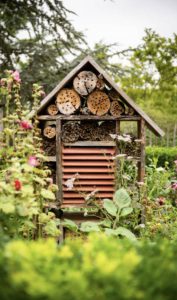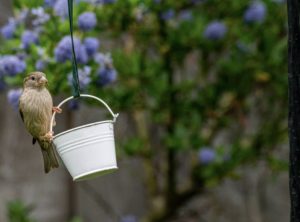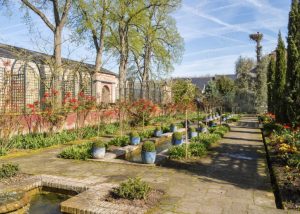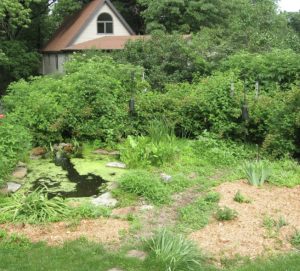In an era where urbanization and industrialization are on the rise, the role of businesses in supporting local ecosystems is becoming increasingly important. One notable avenue through which companies can contribute to biodiversity conservation is by designing their landscapes to accommodate and nurture local wildlife. This blog post explores the commendable efforts of office complexes, industrial parks, and retail centers in British Columbia to create wildlife habitats within their commercial landscapes, ultimately fostering a healthier coexistence between nature and development.

Office Complexes as Oasis for Wildlife
Imagine strolling through a concrete jungle and suddenly coming across a serene oasis teeming with wildlife. Remarkably, office complexes across British Columbia are realizing the potential of their outdoor spaces to serve as sanctuaries for local fauna. By strategically incorporating elements such as native plants, bird feeders, and water features, these complexes provide essential resources for birds, insects, and small mammals. Notable examples include rooftop gardens that double as pollinator havens and green courtyards where employees and local wildlife can find solace in a shared habitat.

Industrial Parks: Where Industry Meets Ecology
Industrial parks often evoke images of heavy machinery and infrastructure. However, British Columbia is witnessing a shift toward more harmonious coexistence. Forward-thinking industrial parks are embracing the concept of “industrial ecology,” where the landscape is engineered to support diverse ecosystems. By adding native vegetation and wetland areas in and around industrial sites, these parks have attracted a range of wildlife species. These parks stand as a testament to the idea that industry and ecology can indeed thrive side by side.

Retail Centers: Beyond Shopping
Retail centers have long been focal points of community activity; nevertheless, they now take on an unexpected role: biodiversity hotspots. Forward-looking retail centers in British Columbia create opportunities for shoppers and wildlife to interact in shared spaces. By incorporating tree-lined walkways, green buffers, and even small wetland areas, these centers vividly demonstrate how commercial spaces can contribute positively to local ecosystems. As shoppers enjoy retail therapy, birds, amphibians, and insects make the most of these carefully crafted habitats.

Real-world Examples in British Columbia
Several success stories in British Columbia highlight the tangible benefits of integrating wildlife habitats into commercial landscapes. Take the Brentwood Town Centre in Burnaby, for instance, which transformed its rooftop into a thriving pollinator garden, attracting bees and butterflies crucial for local plant pollination. In Richmond, the Terra Nova Rural Park incorporated wetland restoration into its retail complex, thus becoming a haven for migratory birds and waterfowl. These examples enhance the aesthetic appeal of these spaces and amplify their contribution to the environment.

In conclusion, the efforts of businesses in British Columbia to create wildlife-friendly habitats within commercial landscapes are truly commendable. By blending development with ecological sensitivity, office complexes, industrial parks, and retail centers unequivocally prove that a thriving business environment can coexist harmoniously with local fauna. These initiatives not only offer respite for wildlife but also serve as powerful demonstrations of environmental stewardship. As we move forward, these examples undeniably inspire other regions to follow suit, thereby creating a more sustainable and biodiverse future for all.